As a manager, it is inevitable that at some point you will encounter conflicts among staff members. Whether it’s disagreements over tasks, personality clashes, or differences in work styles, as a manager, it is your responsibility to handle these conflicts effectively. Failing to address conflicts can lead to tension, decreased productivity and increased staff turnover. Therefore, it is essential for every manager to have the skills to handle staff conflicts and maintain a healthy work environment. This blog will provide you with the tools and techniques to help in managing staff conflict and create a harmonious workplace for your team.

The importance of managing staff conflict
Managing staff conflict is incredibly important for managers. Ignoring conflicts can lead to an exacerbation of the issue, causing even more problems. It is essential to address the conflict head-on and approach it in a calm, professional manner. By doing so, managers can often resolve the conflict before it reaches a boiling point.
In addition, addressing conflicts in a timely manner shows employees that the manager cares about their well-being and wants to ensure a healthy work environment. This can boost morale and increase employee satisfaction, leading to increased productivity and reduced staff turnover.
When addressing conflicts, it is important to be neutral and unbiased. Managers should listen to both sides of the story and gain a clear understanding of the issue. It is also important to maintain confidentiality whenever possible, to protect the privacy of those involved.

Understanding the root cause of staff conflict
To effectively handle staff conflict, managers must not only address the current issue but also understand the root cause of the conflict. Without addressing the underlying reasons, conflicts may continue to arise and damage the workplace environment.
One way to understand the root cause is to provide opportunities for open and honest communication between employees and management. This can be achieved through regular check-ins, team-building activities or simply creating a safe space for employees to express their concerns.
Another approach is to assess any organisational or structural factors that may contribute to conflict, such as unclear job responsibilities or a lack of resources. By identifying and addressing these issues, managers can eliminate potential sources of conflict before they even arise.
It is also important for managers to examine their own leadership style and communication skills. Sometimes conflicts can arise from misunderstandings or miscommunications between management and staff and improving communication can go a long way in preventing future conflicts. Ultimately, understanding the root cause of conflict requires a willingness to listen, observe, and collaborate with employees to create a positive and productive workplace environment.
By addressing both the current conflict and its underlying causes, managers can become more effective at managing staff conflict and promoting a healthy, thriving workplace culture.

Facilitating productive discussions
Managers can play a critical role in facilitating productive discussions between staff members. Open communication is key to resolving conflicts and preventing further disputes from arising. Here are some strategies that managers can use to facilitate productive discussions:
1. Acknowledge feelings – Encourage staff to express their feelings and acknowledge them. It is essential to recognise that emotions can run high in conflict situations, and acknowledging these feelings can help individuals feel heard and validated.
2. Encourage active listening – Active listening is a significant part of productive discussions. Managers should encourage staff members to listen actively, focusing on understanding the other’s point of view rather than formulating their response.
3. Mediate disagreements – When disagreements arise, it may be helpful for managers to mediate the discussion. In this role, the manager ensures that individuals stay on topic, respect one another’s opinions and stay focused on finding a mutually acceptable solution.
4. Establish ground rules – Before initiating the discussion, set guidelines for the conversation. This includes encouraging respect and listening to each other, being mindful raised voices and voice tone and not interrupting while someone else is speaking.
5. Encourage collaboration – Get staff members to collaborate to find solutions instead of looking for a winner and a loser. Approaching the conversation with a collaborative mindset leads to more productive discussions and increases the chances of resolving the conflict amicably.
By facilitating productive discussions, managers can encourage staff members to work together to resolve conflicts positively and productively. Encouraging open communication, acknowledging feelings, actively listening, mediating disagreements, establishing ground rules and encouraging collaboration all contribute to a constructive conversation culture.

Documenting and following up on staff conflict
As a manager, documenting and following up on staff conflict is crucial. Here are some strategies for documenting and following up on conflict:
1. Document interactions – Document all interactions between staff members regarding the conflict. This includes any meetings, emails and phone calls. Keep detailed notes of what was discussed, decisions made and any actions taken.
2. Check-in regularly – After plan implementation, check in regularly with all parties involved to ensure that the conflict is being resolved effectively. This helps to identify any issues that may arise early and address them promptly.
3. Reinforce expectations – Once a resolution has been reached, reinforce expectations for future interactions between staff members. Ensure that everyone understands the importance of open communication, mutual respect and collaboration in the workplace.
4. Provide coaching – If the conflict arises from miscommunication, provide coaching to staff members on effective communication strategies. This may include training on active listening, conflict resolution and assertiveness.
5. Evaluate outcomes – Regularly assess the outcome of conflict resolution efforts. Determine whether the plan was effective in resolving the conflict and if the workplace environment has improved. This will help to identify areas of success and opportunities for improvement.
Documenting and following up on staff conflict is necessary to ensure that issues are resolved appropriately and that a positive work environment is established. It also helps to identify any patterns of conflict and address them effectively to prevent similar issues from arising in the future.

Providing ongoing communication and support
In addition to documenting and following up on staff conflict, managers must provide ongoing communication and support to prevent conflicts from arising. Here are some strategies for providing ongoing communication and support:
1. Create a positive work environment – Ensure that the work environment is positive and encourages open communication, mutual respect, and collaboration. This includes providing opportunities for team building, recognition, and professional development.
2. Encourage feedback – Encourage staff members to provide feedback on their work and the workplace environment. This allows for issues to be identified and addressed early before they escalate into conflicts.
3. Foster open communication – Ensure that staff members feel comfortable discussing their concerns and issues with their supervisors. This can be accomplished through regular one-on-one meetings, team meetings and open-door policies.
4. Offer support and resources – Provide staff members with the necessary resources and support to perform their jobs effectively. This includes access to training, mentoring and coaching.
5. Address issues promptly – Address any issues or concerns raised by staff members promptly and fairly. This includes investigating any complaints and taking appropriate action.
By providing ongoing communication and support, managers can establish a positive work environment that fosters collaboration and prevents conflicts from arising. Effective communication and support also enable managers to identify and resolve any conflicts that do occur quickly and fairly.
Conclusion and next steps
Managing staff conflict is a crucial responsibility for managers in any organisation. It requires proactive steps to prevent conflict from arising, as well as effective communication and support to resolve conflicts that do occur.
One important strategy for preventing conflict is to create a positive work environment that promotes open communication and collaboration. Encouraging feedback and fostering open communication can also help to identify and address issues before they escalate.
However, despite preventative measures, conflicts may still occur. When they do, it is important for managers to address them promptly and fairly, investigating any complaints and taking appropriate action.
The next steps for managers include ongoing training and development in conflict resolution and effective communication. It is important to regularly assess the workplace culture and environment, as well as gather feedback from staff members, to ensure that conflicts are minimised and the work environment remains positive and supportive.
By implementing these strategies and continuing to prioritise effective communication and support, you can feel confident in managing staff conflict effectively and promoting a healthy and productive work environment.
Contact 2i Recruit

